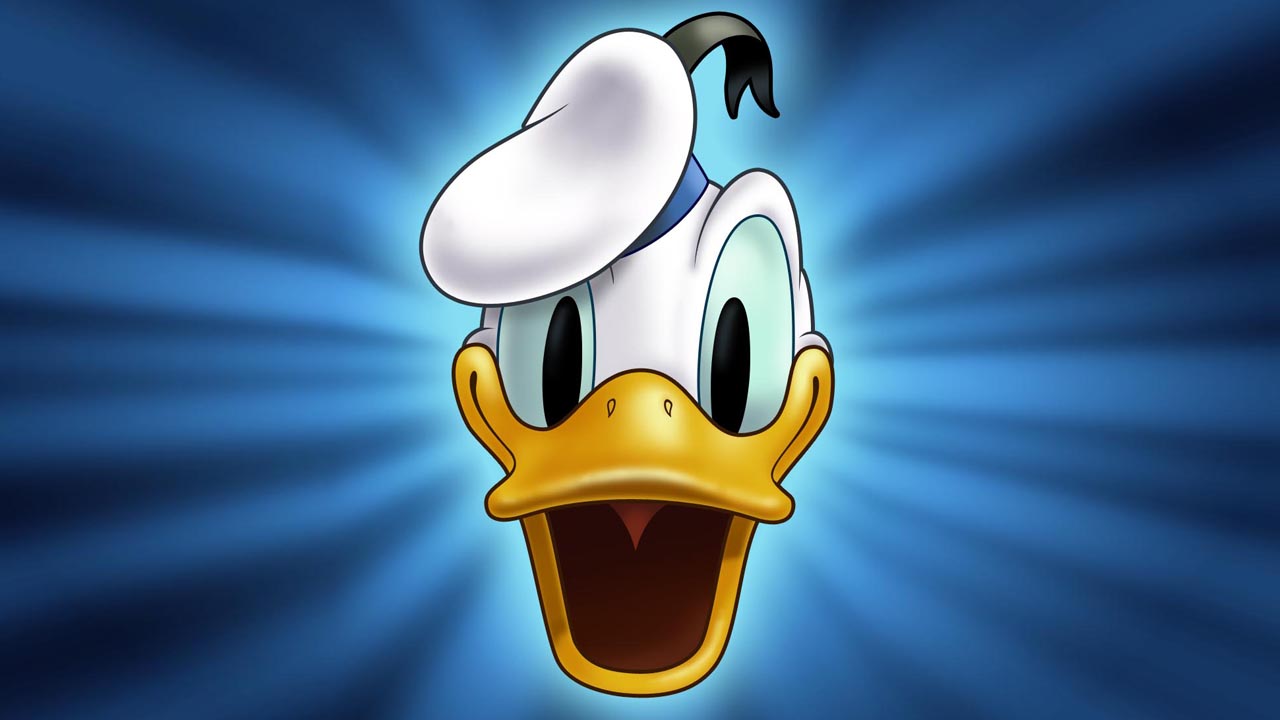Apparently, a mouthless 40-year-old British girl had been posing as a friendly feline for several decades. The revelation was recently highlighted by Carolina Miranda at the Los Angeles Times, who interviewed anthropologist Christine R. Yano in light of the upcoming retrospective of Hello Kitty merch/art at the Japanese American National Museum and the first-ever Hello Kitty Con at the Museum of Contemporary Art. Yano says:
Hello Kitty is not a cat. She is a cartoon character. She is a little girl. She is a friend. But she is not a cat. She’s never depicted on all fours. She walks and sits like a two-legged creature. She does have a pet cat of her own, however, and it’s called Charmmy Kitty… She has a twin sister. She’s a perpetual third-grader. She lives outside of London. I could go on. A lot of people don’t know the story and a lot don’t care. But it’s interesting because Hello Kitty emerged in the 1970s, when the Japanese and Japanese women were into Britain. They loved the idea of Britain. It represented the quintessential idealized childhood, almost like a white picket fence. So the biography was created exactly for the tastes of that time.
The context behind this reasoning is interesting, but what happens if we take this deduction that route cartoon anthropomorphism negates the animal part of the animal-human imaginary hybrid and apply it to other characters?
Donald Duck, for example, was used by Disney to bare the brunt of personifying human flaws, as Mickey Mouse exceedingly became a role model for kids. He is a short-tempered, physically lazy, dubious optimist with a speech impediment and a penchant for sailor outfits. He even worked in a Nazi factory in a dream once. Aw, phooey! He is quite complex, perhaps more so than the flourishes of domesticity and passive femininity so lauded in Hello Kitty as human. And he’s got family too — Huey, Dewey, Louie, etc.
Donald Duck interacts with many different birds. Some of them are more bird-like than others, but they are all birds. As far as Hello Kitty’s kitty being used to downplay her cat-ness, that’s just imaginary species elitism! What’s the big idea?!
And furthermore, Hello Kitty is not a cat because he doesn’t get on all fours. Unlike his contemporary Daffy Duck, Donald Duck, in turn, cannot fly without the assistance of flying technology or other birds with a less exhibited humanoid characteristics and behaviors.
Like the goddess Bastet, a fierce woman-deity with a head of a cat, mythology suggests that imaginary creatures can be many things simultaneously. But ok, Hello Kitty is a little girl and cannot be a cat because she is a little girl, so how much like a man must Donald Duck act before you can call him a man (and not a duck)? Go shoot something, Donald.


